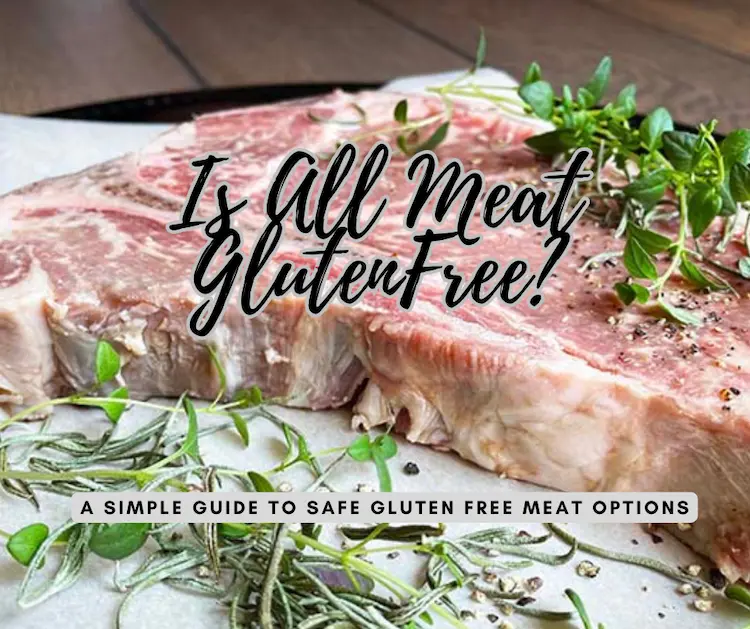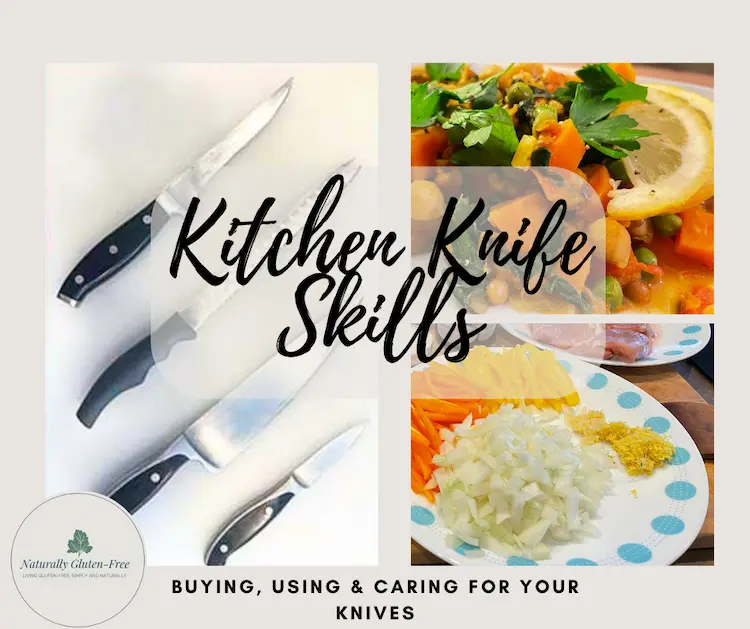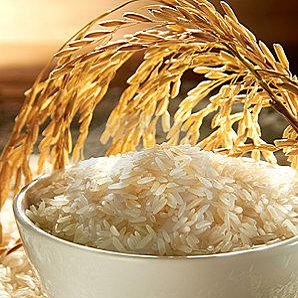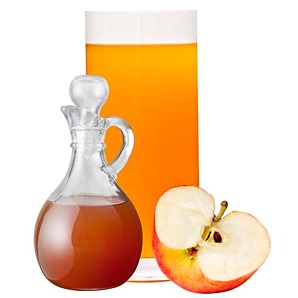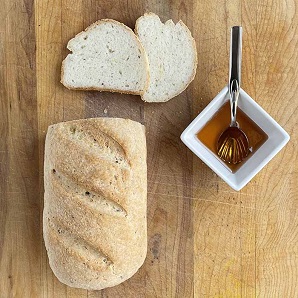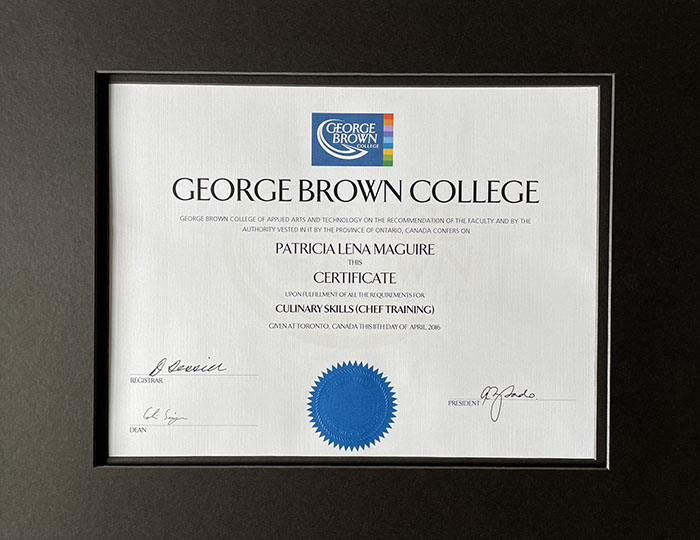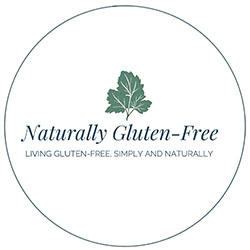- Home
- Gluten-Free Baking
- Gluten Free Flour
How to Choose the Best Gluten Free Flour for Your Recipes
Do you miss the simpler days when you could grab a bag of flour at the supermarket then get on with your cooking and baking? The days before you went gluten free and faced a host of different gluten free flours?
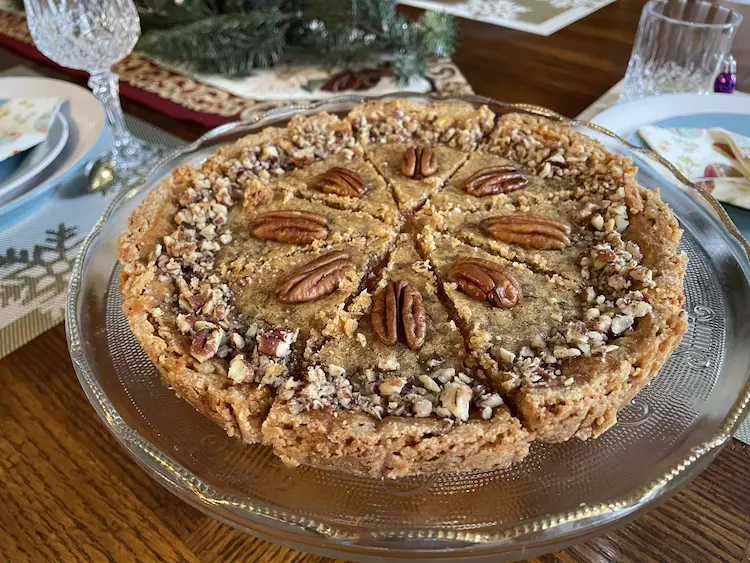 Gluten Free Butter Tart Made With Almond Flour
Gluten Free Butter Tart Made With Almond Flour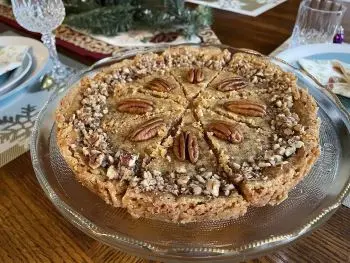 My Canadian Butter Tart Made With Almond Flour
My Canadian Butter Tart Made With Almond FlourIt's daunting at first, but stick with me. I’m about to demystify gluten flour for you so you can get back to creating delicious gluten free food.
What’s the Difference Between Gluten Free Flour and Regular Flour?
Regular flour, made from wheat, contains a protein called gluten. Gluten adds elasticity to dough, an airy structure to bread, and a pleasing chewy texture to baked goods. However, for those of us with celiac disease or gluten sensitivity, the harm outweighs the benefits.
Gluten free flour is made from gluten free grains like rice, corn, or sorghum or from non-grain foods like nuts or beans. The big difference is that these flours lack gluten, that sticky, stretchy protein that holds baked goods together and gives them structure.
Pin for Later
Types of Gluten Free Flour and Their Uses
Rice Flour: Known for its neutral flavor and starchy texture, rice flour is a staple in many gluten free flour blends. Traditional Japanese tempura is made from rice flour and water but be careful in restaurants as some use wheat flour.
Almond Flour: Made from finely ground almonds, almond flour (also called almond meal) adds richness and nuttiness to baked goods. It’s perfect for cookies, muffins, and pastry crusts, providing a moist and tender texture. Try my gluten free Canadian Butter Tart with an almond meal crust.
Bean Flours: Beans, such as chickpeas and lentils, are ground into flours that offer both flavor and protein. These flours are ideal for bread and biscuit recipes, adding depth and nutrition to your baked goods.
Chickpea Flour: Common in Mediterranean and Middle Eastern cuisines, chickpea or gram flour is often used to make traditional flatbreads.
Corn Flour: Masa Harina, a staple in Mexican cuisine, is corn flour treated with lime. It is used to make corn tortillas. Corn meal is a courser grind and is popular for muffins, corn bread and polenta.
Starches: Tapioca, arrowroot, and potato starch add structure and lightness to gluten free baking. They serve as binders and help improve texture.
Emulsifiers: Xanthan gum and psyllium husk are essential for mimicking the stickiness of gluten in gluten free recipes. They help improve the elasticity and cohesiveness of doughs and batters
Which Gluten Free Flour is the Best Substitute for Regular Flour?
There is no single gluten free flour that can do all the things that wheat flour does. Instead, you need a mixture of flours, starches and emulsifiers to mimic the properties of wheat flour.
How to Choose the Right Gluten Free Flour Blend
You might enjoy experimenting with different combinations to find the perfect balance of flavor, texture, and performance in your recipes. But the simplest approach is buy a ready-made gluten free flour blend formulated for your purpose.
Popular Gluten-Free Flour Brands
President’s Choice All Purpose Gluten-Free Flour: This Canadian brand, available in Loblaw’s stores, is favored for its lightness and versatility. It’s particularly well-suited for cakes and pastries.
Bulk Barn 1:1 Baking Flour: This blend includes sorghum for added protein and flavor and is a budget-friendly option that performs well in bread and biscuit recipes.
Bob’s Red Mill: A widely recognized and reputable American brand, offering a variety of gluten-free flour blends and single ingredient flours. Be careful to choose the gluten free options, as they also carry wheat flour.
Specialty Flours and Baking Mixes
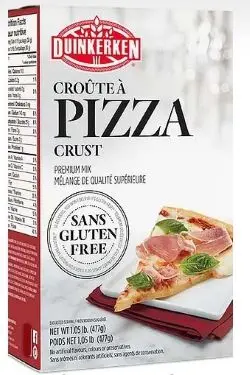

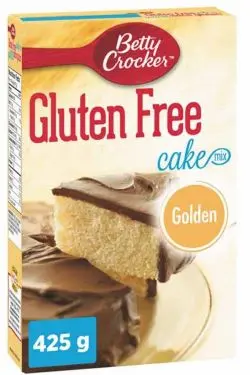
In the old days when you baked with wheat flour, all purpose flour would do most of the time, but for bread, cakes or pastries, you might have chosen special flours.
The same goes for gluten free flour. Many brands carry special blends tailored for specific purposes such as gluten free bread flour or cake and pastry flour.
If you love fresh baked goods and like to keep it simple, you might try a baking mix. You can find mixes for gluten free bread, biscuits, pizza, muffins, cakes and so much more.
Some popular brands are: Duinkerken, Bob's Red Mill, Betty Crocker and Kinnikinnick.
Here is a comparison of Duinkerken and Bob’s Red Mill biscuit mixes.
Is it Safe to Buy Gluten Free Flour in Bulk?
Food is expensive and the cost of gluten free food has skyrocketed! It’s no wonder we’re all looking for ways to save money, and buying in bulk is a temptation. But is it safe?
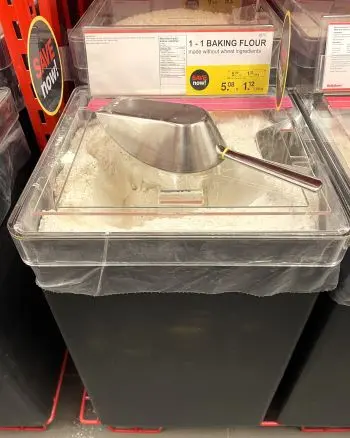
The open bins add risk of cross contamination, but if you keep these precautions in mind you may still be able to enjoy this budget friendly option.
- Look for stores with a separate gluten free section. Customers mix up scoops and wheat flour dust can contaminate gluten free flours.
- Ask what precautions they take to prevent cross contamination. Even national chains can have different practices at the store level.
- Ask if you can buy sealed bags of gluten free flour. Some Bulk Barn locations in Canada will sell you a 25 pound sealed bag at a discount.
- Find out what brand of gluten free flour they sell. At time of writing, Bulk Barn sells Bob’s Red Mill flour.
How to Store Your Gluten Free Flour to Ensure Freshness and Safety
Proper storage is crucial to maintaining the freshness and quality of gluten free flour. Store flour in airtight containers in a cool, dry place, or refrigerate for longer shelf life. Be sure to bring your flour to room temperature before using.
You can keep your flour for:
- A few weeks in the pantry
- 3 to 4 months in the refrigerator.
- Many months in the freezer.
- Starches are very stable so you can keep them in the pantry
Gluten Free Wheat Flour: A Controversial Option

Wait, What?!? Can there be such a thing as gluten free wheat flour?
Some manufacturers, especially in Europe, produce gluten free flour from wheat starch. To make wheat starch, they process the wheat flour to remove the gluten protein and leave only the starch. Two popular brands are Caputo and Schar, both from Italy. Both of these brands rigorously test their products and are considered safe for people with celiac. They are not safe if you have a wheat allergy.
Opinions vary about the safety of wheat starch. Gluten Free Watchdog is skeptical where Celiac Canada is says it's safe.
What do I think? I eat Schar products with no issue and I've tried Caputo Fioreglut gluten free flour. You can read my review here.
Are You Feeling Better about Gluten Free Flour?
Navigating the world of gluten-free flour seemed daunting at first, but now you have the knowledge you need. Whether you’re baking bread, whipping up pastries, or preparing savory dishes, choosing the right gluten-free flour is the first step toward culinary success.






